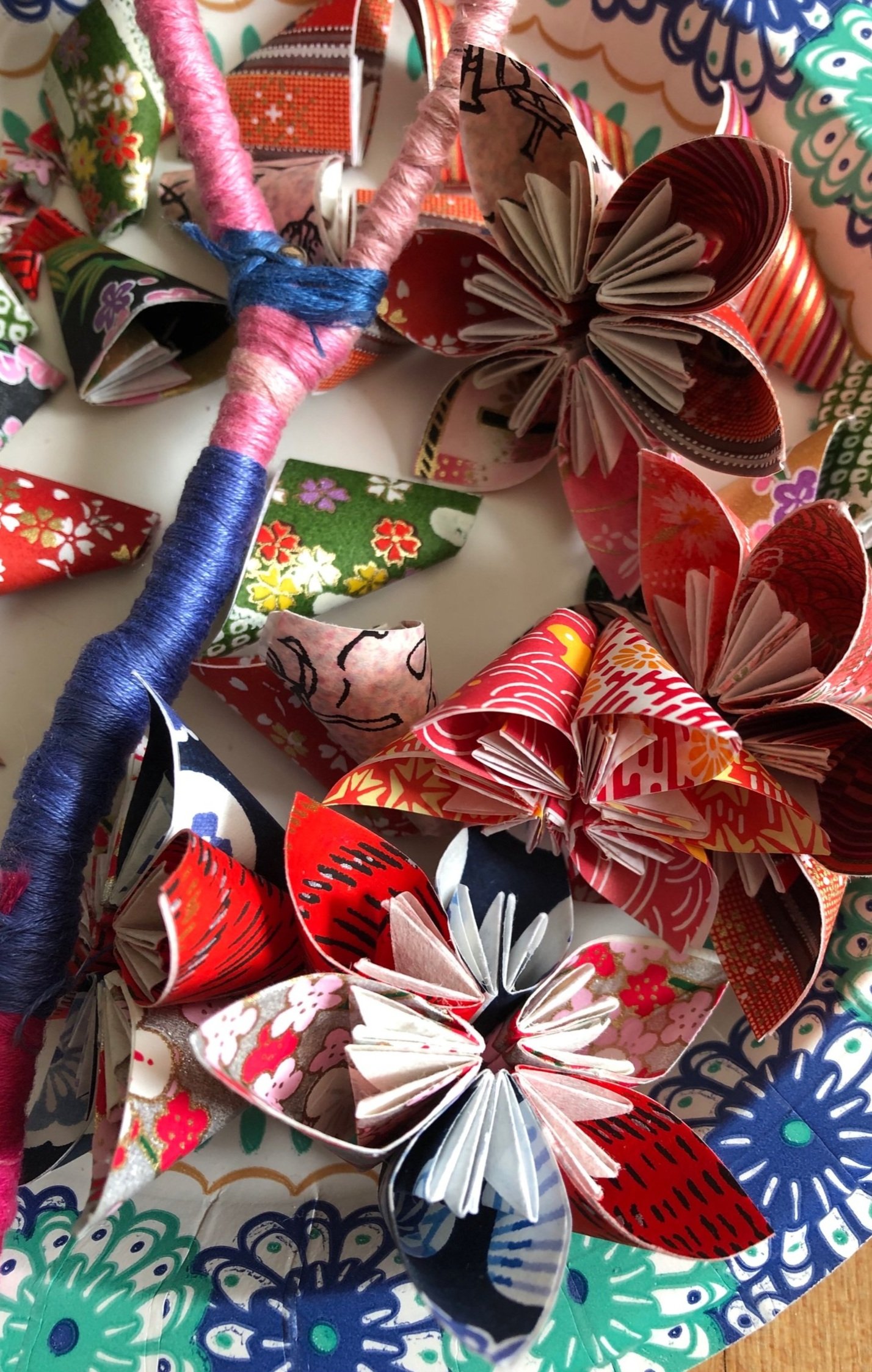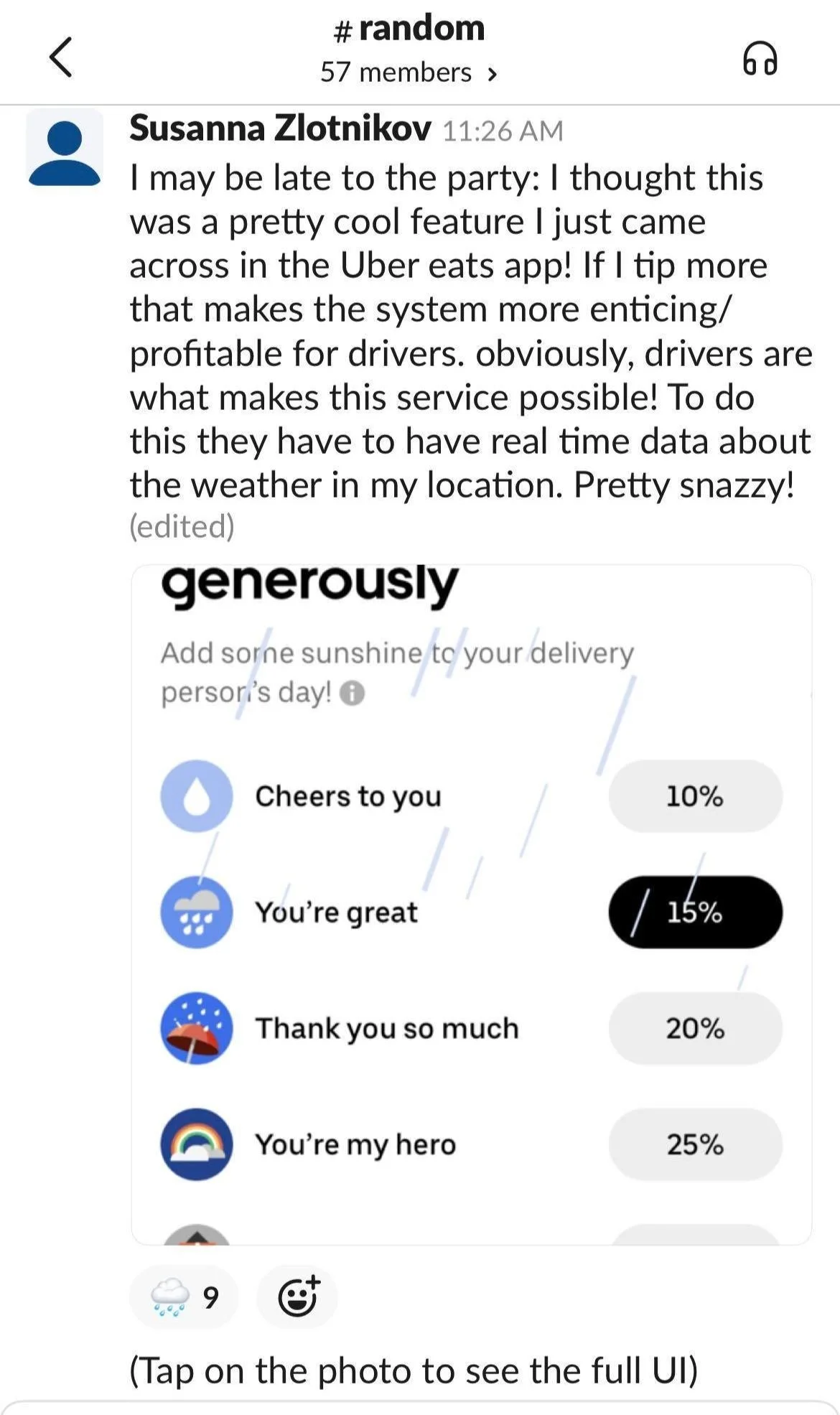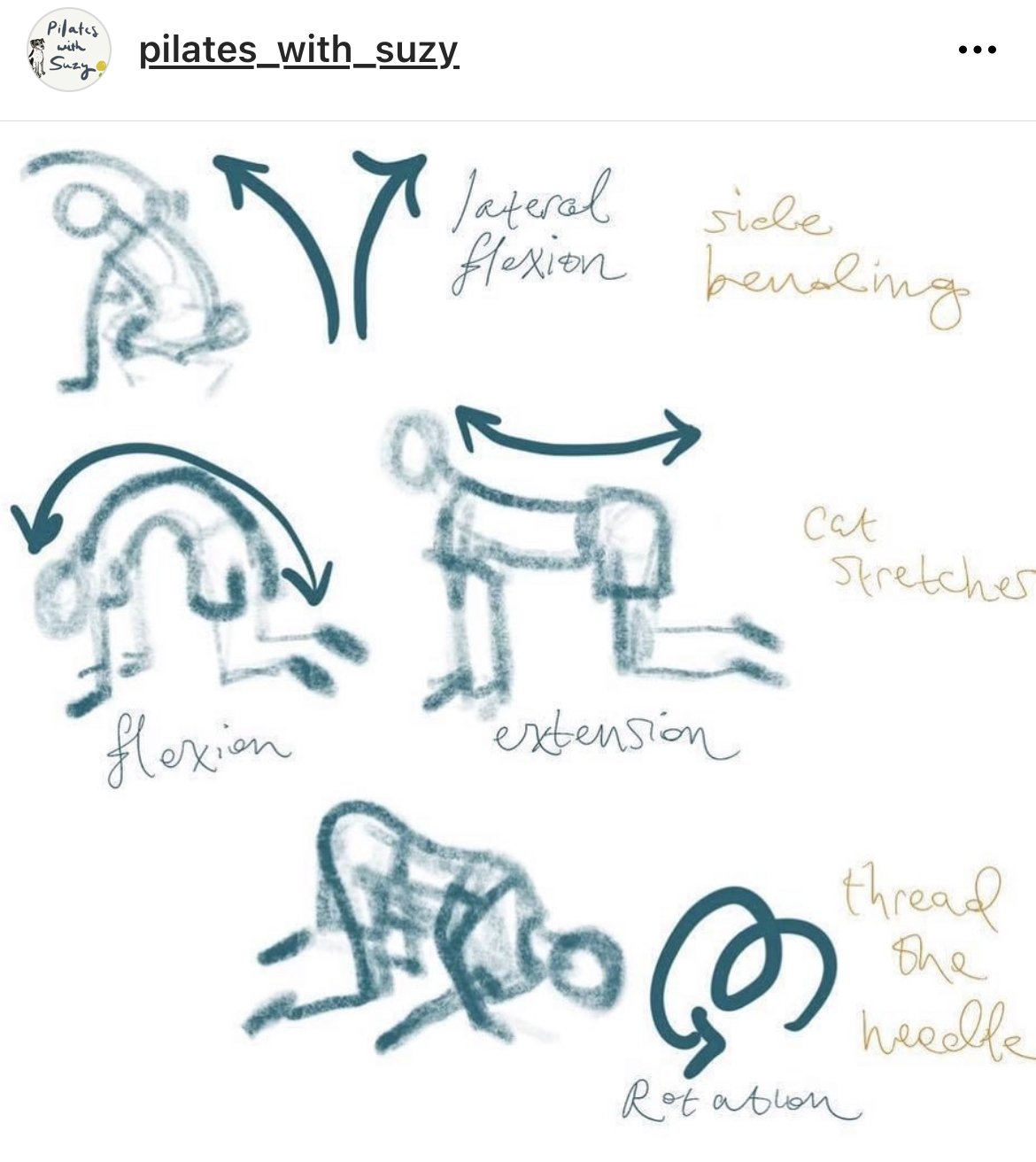
Shifting from right answers
to best possible solutions
Complex systems often mean there’s multiple ways of arriving at a solution. Stakeholders have competing priorities that can change on a dime. Teaching students the soft skills of managing cross-functional stakeholders, sets them up for immense success in their practice.
Being hands-on
with ambiguity
In my experience, students hope for a clear path from start to completion. Complex product service systems often don’t have clear parameters. Students need to become comfortable operating effectively in ambiguous conditions and will often be the ones creating the parameters for development teams!
In this exercise, I ask students organize the photos of well-known business enterprises according to how they view their offerings. They can categorize an offering as a product, service, or experience.
In reality offerings don’t just fall in one category exclusively, but having to select just one prompts students to think carefully about aspects of the business that are central to the customer’s decisions and relationship with the brand.
Class discussion to compare how photos are categorized, demonstrate that there’s more than one answer and that’s ok!
Making content approachable
Empathy is equally important in teaching and design. Some skills may feel second nature for me, but can be daunting for a student. As I understand what feels more intimidating, I make the activity approachable and therefore attainable.
Sketching/visual communication is often overwhelming but such an important piece in the designer’s toolkit. With this in mind, I incorporated a video lecture on napkin sketching to complement readings for the course module.
From a Napkin Sketch to Innovation; for the course, Introduction to Design Innovation offered through the Integrating Innovation Institute.
Extending the learning experience
Supporting student led design activities
Being a volunteer judge at a student-led hackathon was such a fun way to connect around the topic of accessibility in UX. 10/10 would do it again!
Learn more about the hackathon here
Utilizing different channels to teach
Sneaking in teaching moments is oddly rewarding. Real life examples like tipping on the Uber Eats app are really helpful in making course content feel immediately relevant. I love being able to share these examples informally through channels like Slack to help students become keen observers as well!
Becoming better by teaching new things
Becoming a Pilates instructor has undoubtedly made me a better design educator! There is a big emphasis on imagery in Pilates to help students internalize the movements. As a result, I’ve become more savvy at explaining abstract concepts in service design.

Overview of Design Courses Taught
-
Service Design, HCII, Carnegie Mellon Univserity
Spring 2022 / Spring 2021 / Fall 2020
-
Introduction to Design Innovation, iii, Carnegie Mellon University
Summer 2022
-
Innovation of Services and Experiences, iii, Carnegie Mellon University
Summer 2022
-
Special Topics: Experience Innovation, iii, Carnegie Mellon University
Fall 2021
-
Service Design, Harrisburg University
Fall 2021




